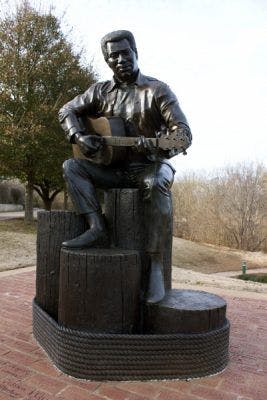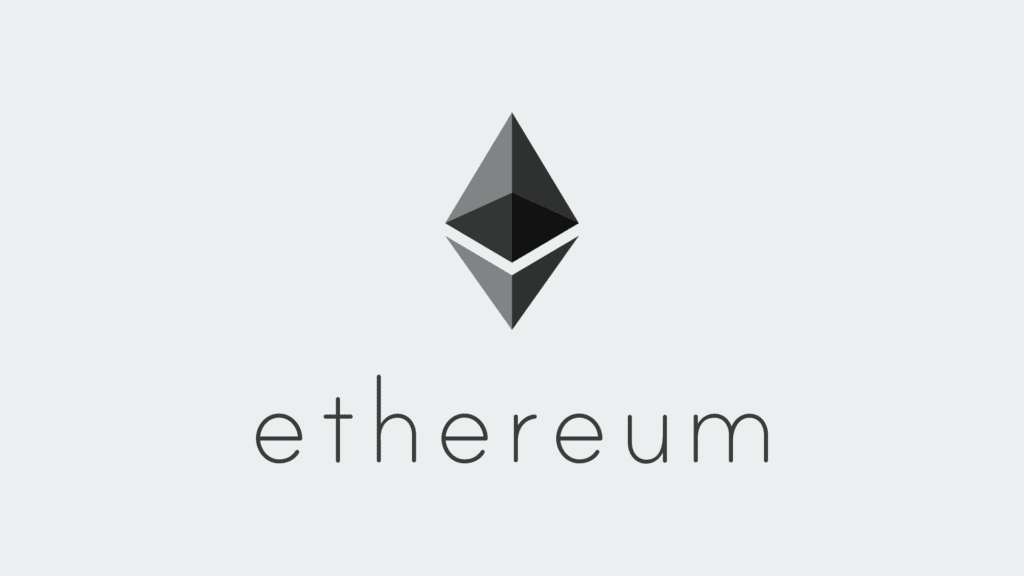Many people heard about NFTs during the speculative boom in 2021 that was somewhat fueled by the explosive growth of cryptocurrency prices: Bitcoin, Ethereum, Cardano, etc.
Both cryptocurrency and crypto-NFT prices have since crashed with many crypto exchanges going out of business and executives in both crypto and NFT-related firms facing prosecution for investment fraud.
Have you been following the news about Sam Bankman-Fried and FTX filing for bankruptcy?
Despite all the news coverage, with even people like Microsoft Founder Bill Gates weighing in, many people don’t understand what NFT art is.
They’ve heard of Bored Apes or Beeple. They may have heard of a celebrity promoting a line of digital artwork last year as well.
In this article, we’ll discuss what NFT art actually is and how the newer physical NFTs are changing the art business through being a great tool for both artists and art collectors, without the crypto headache.

What Is NFT Art?
To start with, NFT art is sort of a misnomer. It sounds like a new style of art as if it succeeds impression, post-modernism, etc.
It isn’t a style of art.
It has nothing to do with style or technique or even medium.
“NFT Art” is really a fancy way of saying the art is digitally documented.
“Non-fungible token” doesn’t actually have any clear connection to cryptocurrency, but in the popular press, the term got coopted to mean there is a digital reference to a digital file that someone decided should be added to one of the cryptocurrency blockchains that support NFT creation.

Ethereum, and to a lesser extent, Cardano (another crypto) are where most of the NFTs during the speculative boom were created. They almost all hyperlink to common digital file types like the ones you have on your phone: JPEGs, PNGs, MP4s, etc. Those files can be located anywhere on the internet.
Crypto NFTs:
- Are Not Art
- Don’t Hold Art
- Don’t Do Anything to Prevent the Art Referenced from Being Copied Infinitely
- Don’t Do Anything to Prevent the File Location Referenced From Being Overwritten
Think of a crypto NFT as someone spending their own cryptocurrency to assert a claim of ownership on a digital file that contains digital art (hopefully.
Not surprisingly, all of the problems with NFTs caused the crypto versions to become close to worthless.
How Does NFT Art Work?
But wait…Why should artists and art collectors care then?
There’s a fundamental difference between physical art and digital art. Unlike digital art, physical art can’t be copied infinite times in seconds.
For a brief moment in time, minting a crypto NFT pointed at a JPG was this magical wealth-creation activity. A few artists who minted NFTs early and sold them while the ignorant speculators were pouring into the market made good money. A lot more artists never recouped the cost to mint the NFT in the first place.
Setting all that aside, the real value of NFTs is they are a tool to track ownership of valuable items for which governments do not provide a system of record.
For living artists, minting a free, physical NFT means you have a record that can’t be deleted that says you created the object. With ETChster’s physical NFTs, called Etchings, artists can also take the serial number on the Etching and affix it to the art.
Wherever the art goes, the art’s serial number links to the Etching, so the story of the art is always connected to it.
Even for art that eventually gets destroyed, the digital record including photos lives forever.

Technology Behind NFT Art
We mentioned above that cryptocurrency NFTs were largely minted on the Ethereum and secondarily Cardano blockchains. Any future blockchain/crypto could decide to support their version of NFTs as well.
When the NFT is created or “minted,” the entry gets written to the blockchain with references. One references the hyperlink where the image (hopefully) is still stored. This is the same hyperlink system that you use when you upload to social media or paste an image into a website.
The second reference is to keys that allow the holder to make changes to that particular entry or token.
People that “own” cryptocurrency often keep these keys in wallets. If your wallet holds the keys to an NFT that references an image, the wallet will show you the image. It appears “your art” is in “your wallet.”

If you hold the keys, you can also transfer the token to someone else, which is how sales of crypto NFTs work.
On the other hand, ETChster’s NFTs are created in The Encyclopedia of Objects, a proprietary system that doesn’t require the use of cryptocurrency in order to create physical NFTs of works of fine art.
Benefits that NFT Art Brings
As an artist or art collector using ETChster, you are already creating a physical NFT collection simply by recording your objects. Note that in ETChster, The Encyclopedia of Objects is free for public use but the owner of each Etching decides whether or not each record should be public or private.
Your goal as an artist is to Etch each piece as you create it and then transfer the Etching so that the new owner has its story. They can also prove they own your piece and that they obtained it legally.
Most importantly, as an art collector holding an Etching you created as an artist, they are one click away from your profile, so they can easily check up on what you are doing and tell other potential collectors what you have for sale.
ETChster founder Eddie likens this to how Larry Page designed Google’s search results: “Each time you transfer an Etching along with a piece of art that leaves your hands, you’re creating a physical backlink in the world. Just like with Google, the more backlinks (sites that link to your website) you have, the more you get talked about and the more business you get.”
In order to create a successful art career, you don’t need 1000s of backlinks or even 1000 true fans as Kevin Kelly, founder of Wired, recommends when trying to build a company.
But what would it do for your art career to have 10, 20, 50, 100, or more art collectors holding your NFT and one click away from your profile?
You get the idea. You want to create as many influencers pushing your career forward as you can.

So the idea is to create an NFT art collection out in the world so you get all those new people being introduced to your story and your work.
Longevity of NFT Art
For good or bad, digital files have a strong ability to stick around. Remember all the fuss in the last decade about Facebook keeping photos of aspiring politicians doing questionable things easily accessible?
For artists, digital file storage is a good thing. Contemporary artists that adopt non-cryto NFTs are the first generation who have a chance to have 100% of their portfolio accessible to future generations.
Even if a flood, fire or other natural disaster destroys the original art, the NFT is still available to artists’ descendants and the general public. Unlike websites that will immediately hide photos of your art if you quit paying, NFT solutions are permanent records.
Why Is NFT Art So Popular?
We can’t discount the importance of the speculative boom that catapulted Bored Apes and Crypto Punks into popular culture. But the more lasting popularity really comes from a pain point with creators of tangible fine art.
Unlink movie stars, for example, who have well-maintained profiles on Wikipedia, IMDB, and Rotten Tomatoes, great painters, sculptors, and other artists are very poorly covered in the media.
Fans want to know artists’ stories. Artists in general don’t do a very good job of telling them. Creating physical NFTs is a marketing opportunity that wise contemporary artists are already adopting.
Think of it as a physical backlink in perpetuity.
For art collectors, receiving a physical NFT is a great experience. You’re getting the story of what you just bought in the artist’s own words.
Conclusion
So creating Etchings themselves is easy and free.
Transferring them to art collectors is free.
Art collectors don’t refuse to accept them because they’re not crypto, and buyer and seller can transact in traditional currency.
Another consideration is that we continue to hear “NFT art” as if the NFT is the art. With Etchings, images are stored on the physical NFT. While hopefully all great art is preserved, we know that accidents such as fires happen.
Even if a fire destroys a piece of art, the Etching has the permanence of the Cliffside Etchings, so the digital record within The Encyclopedia of Objects will still be available to future generations.
So what then is holding you back from using Etchings to drive your art career? All you need is an Etching habit. Get started today with a free profile where you can hold up to 100 Etchings and make as many free transfers as you like.

